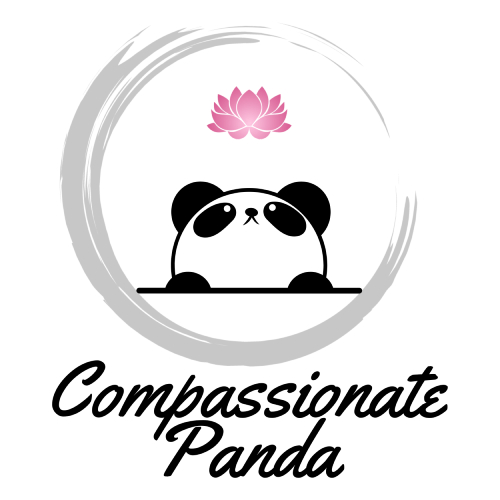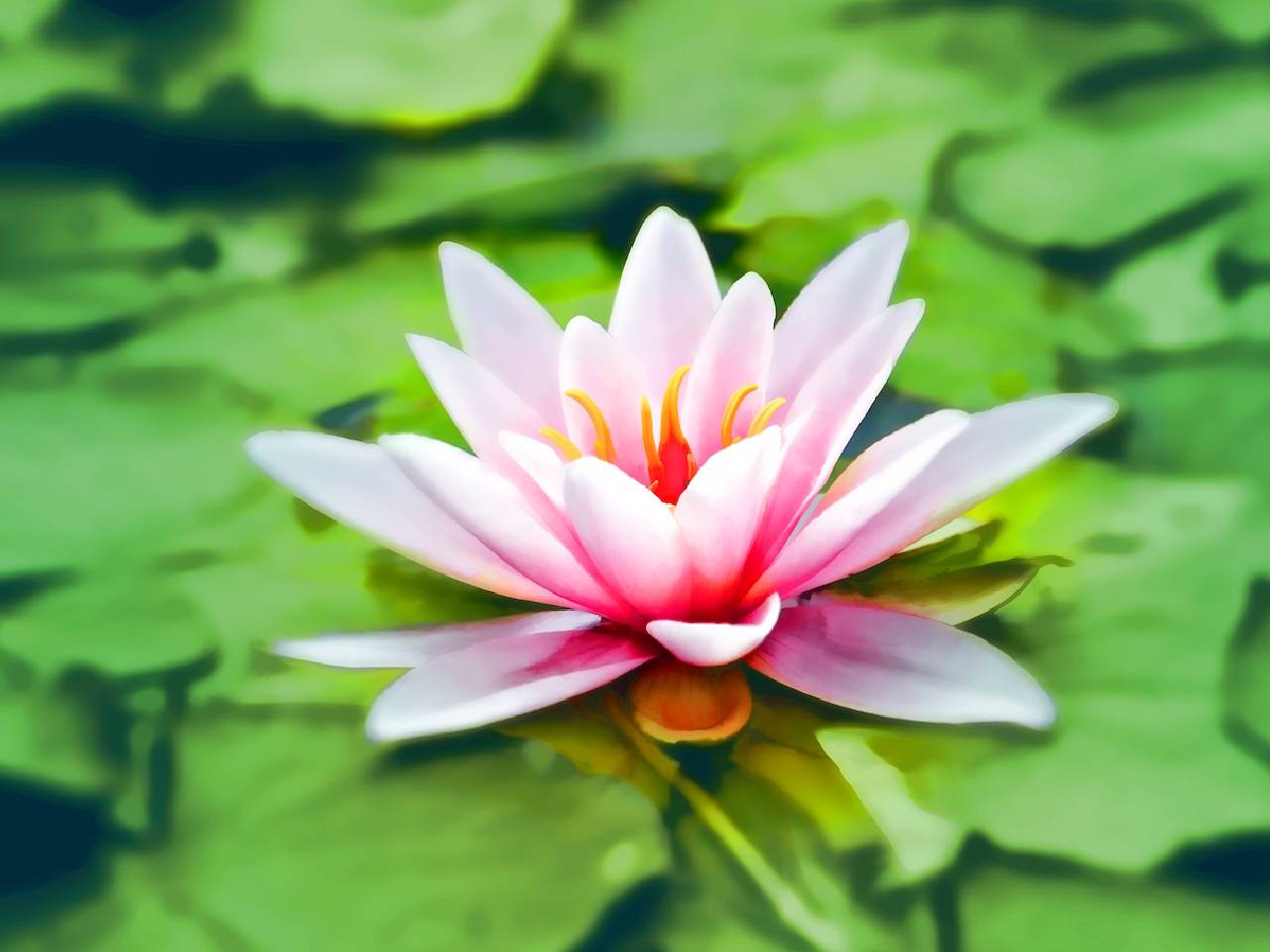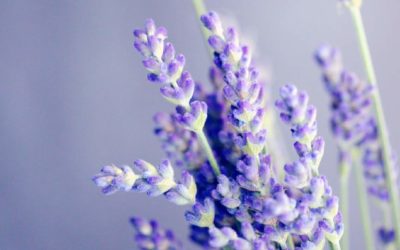It’s the energy all around us
In Japanese, the term ‘rei ki’ translates to ‘universal life energy’ and refers to the energy that surrounds and permeates everything—animate and inanimate. I like the idea of being able to ‘tap in’ to this energy and/or ensure it’s flowing smoothly by rebalancing my biological energy field or ‘biofield’.
I love how I feel during a reiki session—deeply relaxed in a half-aware, half-almost asleep feeling. I love when I work with reiki energy—how I ‘travel’ outside of my physical self and feel part of the wider universe. I also love working with other people using reiki energy—the images that flow through my mind, archetypal characters that visit, messages relayed, and the intuiitve knowing of what is imbalanced and what may help.
The history of Reiki
The details regarding the origins of Reiki have been speculated upon by many; however, one thing is agreed upon, which is that the system as we know it today is based upon the principles and practices of Mikao Usui (1865-1926).
When Hawayo Takata (a student of Mikao Usui) took the system of Reiki to Hawaii a divergence occurred, and thus a Western (Usui Shiki Ryoho) and Japanese (Usui Reiki Ryoho Gakkai) system developed. Since the 1980s other branches have also evolved, however, these may not be regarded as traditional Usui Systems of Reiki due to their incorporation of other practices not taught by Mikao Usui.
That said, other systems of Reiki can still offer healing and benefit to those with whom they resonate.
Reiki is more than hands-on healing
Whilst many know Reiki as a healing art that encourages deep relaxation and stress reduction, fewer are aware it’s also a Japanese system of personal spiritual practice with simple teachings to live by. The personal spiritual practice revolves around daily contemplation and practice of the five precepts and meditating with specific mantras and symbols to improve both mind and spirit.
These precepts hold relevance to everyone.
The Five Reiki Precepts
Today …
Do not anger
Do not worry
Express gratitude
Work with diligence
Be kind to others
Translated from the memorial stone of Mikao Usui at the Seihoji Temple in Tokyo
As you can see, it is a system within which to live well when the precepts are incorporated into daily life. Thus, Reiki can be used to deepen your own spiritual or meditative practice and maintain your sense of well-being in everyday life by recharging and balancing the energetic aspects of yourself.
What happens during a Reiki therapy session?
As a healing modality, balancing the flow of energy induces a sense of deep relaxation on the mental/emotional level. This can lead to reduced feelings of stress and/or anxiety—promoting wellbeing. By inducing the relaxation response, the innate healing ability of each individual is encouraged.
It is a non-invasive, gentle therapy that can be used alongside both conventional and complementary medicines without interference. Indeed, it is becoming more widely accepted in care facilities such as hospitals and hospices around Australia (and in the US) to encourage patient wellbeing.
During a session with a therapist, you remain fully clothed at all times and are usually lying down on a treatment/massage table. Then, the therapist places their hands in various positions over the head, body and feet—sometimes on the body and sometimes slightly above. Although there are practitioners who follow a set sequence of hand positions—moving at regular intervals during a session—others may work more intuitively depending upon their experience.
It takes time to learn and develop experience with energy flows
Reiki practitioner training ranges from First and Second Degree to Master or Master/Teacher level, with recommended periods of time and practice occurring between each level. For many students, the First Degree is sufficient, however, each level brings a deepening of energy awareness and the Second Degree brings training on the use of symbols.
At least 6 months should pass between the First and Second Degree to practice and integrate the energy flows and develop a grounded practice. After that, a further year of practice is wise before looking to higher-level training.
Beware those that offer all attunement levels in a day or over a single weekend—it’s simply not enough time to integrate what you are learning and experiencing. Some may say different, but this is my experience.
As with everything, you become good at what you practice!
I know I continue to learn and evolve as I practice.
Namaste.




